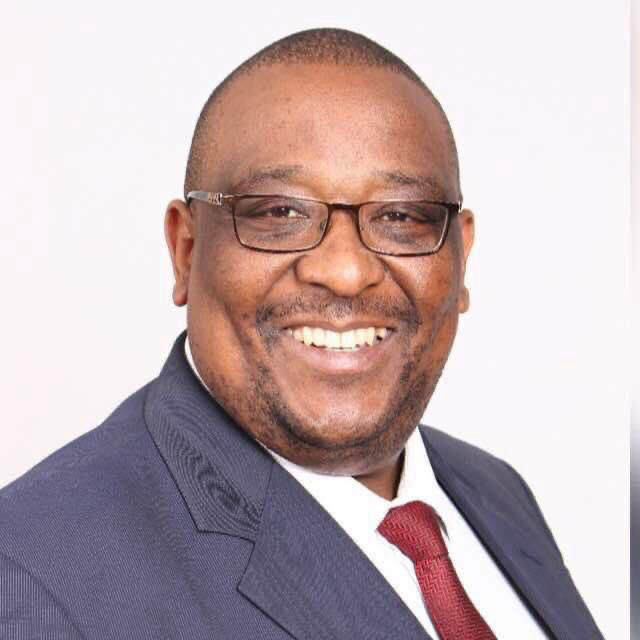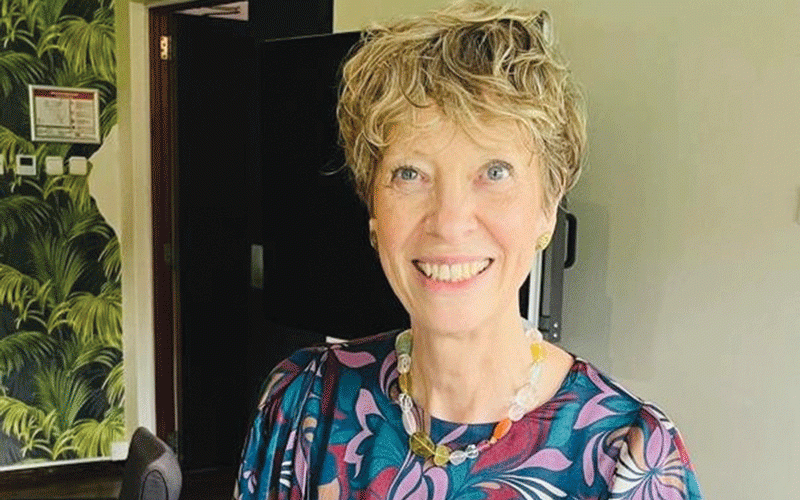
ZIMBABWE’S government, battling to cool off national outrage following shocking exposés linking politically linked elites to alleged industrial-scale gold looting, said this week it was scouring smuggling “hotpots” countrywide to frustrate “mafia” big shots linked to the plunder.
Over 1,5 million job seekers have turned to gold panning in the past decade and are said to be extracting about half of national output.
But with less regulation and low prices offered by the state-run Fidelity Printers and Refiners, artisanal miners have been fingered in a smuggling scourge costing Zimbabwe about US$1,5 billion annually.
The US$1,5 billion figure was revealed in a 2020 investigation by International Crisis Group, which warned authorities that looters were depriving the cash-strapped government of crucial foreign currency revenues.
However, this was before higher levels of pillage by combinations of international syndicates and Zimbabwe’s political heavyweights surfaced in an investigation by Al Jazeera TV channel last month, demonstrating that more gold was being spirited offshore.
But as outrage over looting rattled Zimbabwe, a damning report by the Centre for Natural Resource Governance (CNRG) said fresh massive gold theft had been discovered at Mazowe in Mashonaland Central and Penhalonga in Manicaland.
The report, which is titled Zimbabwe’s Disappearing Gold: The Case of Mazowe and Penhalonga, painted a gloomy picture in Penhalonga, where politically connected Pedzisayi Sakupwanya has a gold mine.
Sakupwanya, who denied the reports two weeks ago, is a Zanu PF politician.
- Smuggling of gems bleeding Zim’s economy
- Smuggling of gems bleeding Zim’s economy
- Zim lithium mines being sold for a song
- Mutare residents vow to stop Chinese quarry project
Keep Reading
In an interview with the Zimbabwe Independent this week, Pfungwa Kunaka, permanent secretary in the Mines ministry, said government was raving to its plan to establish gold buying centres in known “hotspots” to curb leakages.
“Government has taken measures to deal with issues in Penhalonga from the environment point of view and mining safety point of view,” Kunaka said.
“I think the main issue is that of safety and controlling leakages. Government has been up to the task on that. On the issue of gold service centres, we are going to target such areas where there is high activity and there appears to be hotspots. These gold centres will help the government to rake in that gold.”
He said the strategy, which has struggled to stop smuggling, was meant to help bolster gold miners’ capacity to achieve US$4 billion revenues by December.
This is part of a broad plan announced in 2018, under which government wants mineral revenues to rise to US$12 billion by the end of this year, from about US$2,9 billion in 2017.
Revenues reached US$5 billion last year, but the Chamber of Mines of Zimbabwe says miners may only achieve US$7 billion this year.
“In gold, a lot of our SMEs are performing wonders and once we move in with our bid to capacitate the miners meeting the US$4 billion will be easy,” Kunaka said.
“In early February we publicised a facility funded from special drawing rights (from the International Monetary Fund). It has four windows. The first is the establishment of gold service centres to be able to get closer to miners. Miners will be able to access services, which are required in gold production.
“Services like milling will be done under a structure created by government in the locality of the mining area. Buying and selling will be there, where Fidelity is going to be stationed to issue payments to miners. In the second window, we will be capacitating miners directly through loan schemes for equipment and other working capital requirements. It is starting at US$5 million. The fund has been there all along but it is getting a boost.”
In its report, CNRG said artisanal miners had been delivering between four and five kilogrammes monthly.
CNRG noted that Sakupwanya’s BetterBrands Investments acquired 132 mining claims in 2019.
Sakupwanya currently receives millions of dollars from several buyers, including powerful elites to buy gold, the report alleges.
“Sakupwanya, according to one of his several runners in Penhalonga, is receiving millions of dollars from rich people … to buy gold,” CNRG claimed in the report. “He in turn gives the money to his army of runners throughout the country. CNRG spent time with one of Scott’s runners in Mutare, who was buying gold from as early as 6am till midnight. The gold was coming from all directions and in various quantities. Some of the artisanal miners were coming from as far as Chimanimani and Nyanga, although the majority were operating from within the vicinities of Mutare.
“In the case of Penhalonga, accessibility to the pits has turned political as powerful Zanu PF politicians in Mutasa and Mutare districts are now partly responsible for granting access.
“These include the party youth executives, chairpersons and losing councillors of the party who were reported to be writing letters to Redwing instructing them on who should get the mining pits.
“No one gets a pit without proving their Zanu PF membership and some officers from Penhalonga Police Station either own or sponsor mining pits at Redwing Mine,” the report alleges.
Efforts to get a comment from Sakupwanya were futile as calls to his mobile were being hung up. He did not respond to questions sent to him via WhatsApp.










